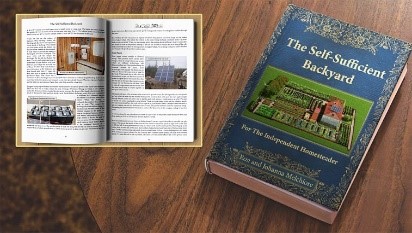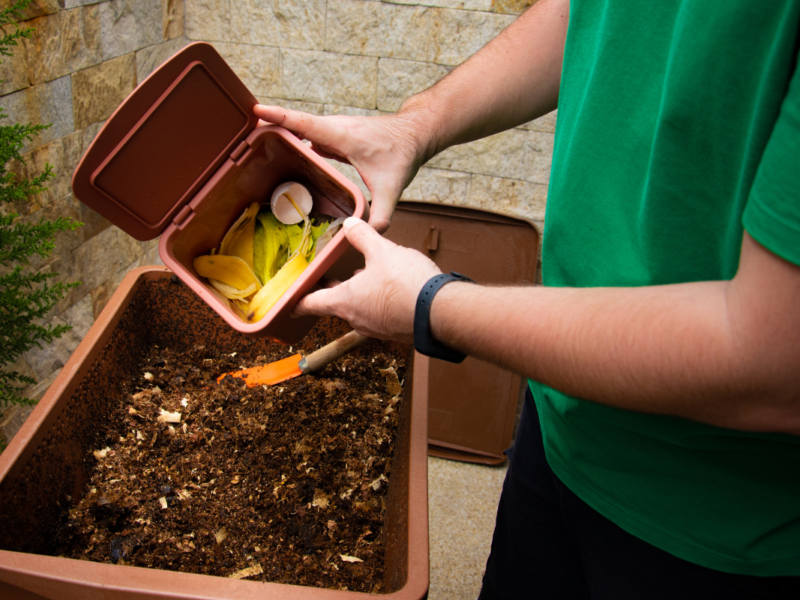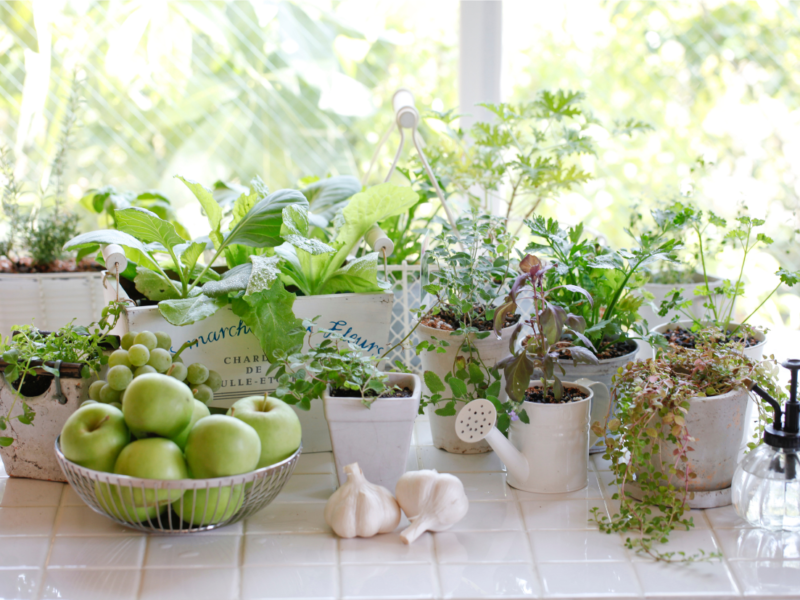A little inspiration, a little planning, and a little effort are all it will take to build a dream garden! Here are a few tips to consider when starting your fantastic garden project.
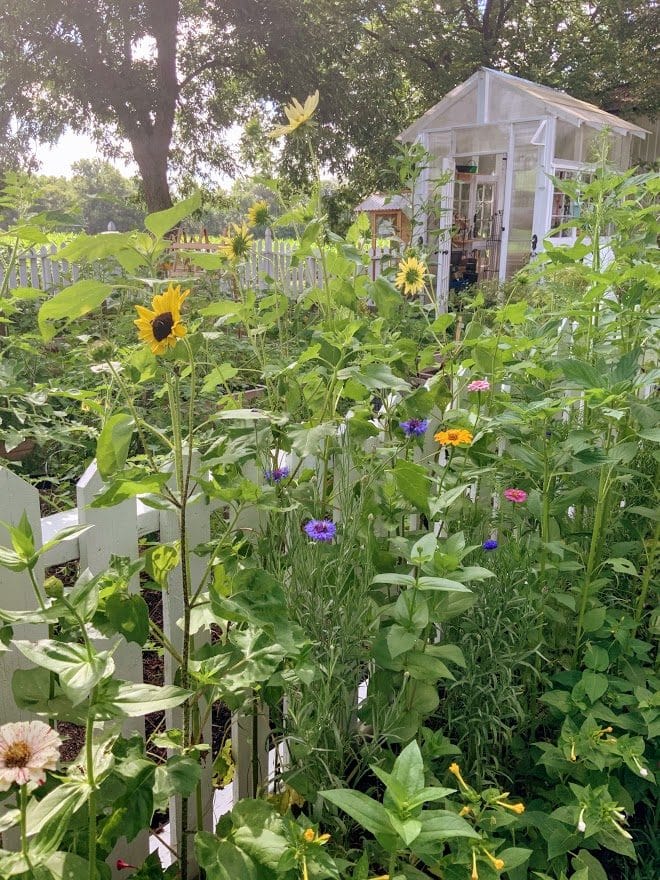
This post may contain affiliate links, which means I can receive a commission from any purchase made from the links. As an Amazon Associate, I earn from qualifying purchases. See the disclosure policy here.
Have you ever heard the saying, “The best time to start a garden was yesterday?” If you’ve wanted to make your backyard a dream garden oasis but have been too intimidated by the project’s scope, now’s the time to start doing something about it! The first step to building your dream garden is laying out your plans—so here are eight steps to help you begin designing and building your gorgeous garden in just one year!
This post is about starting and building your dream garden in a year.

Dream Garden Blueprint: How to Craft Your Paradise
Just get started, work on it often, and it will eventually all come together! Here are some tips on how to build your garden sanctuary. The photos are all from building our garden. We spent about 14 months putting it all together, including the fence and greenhouse.
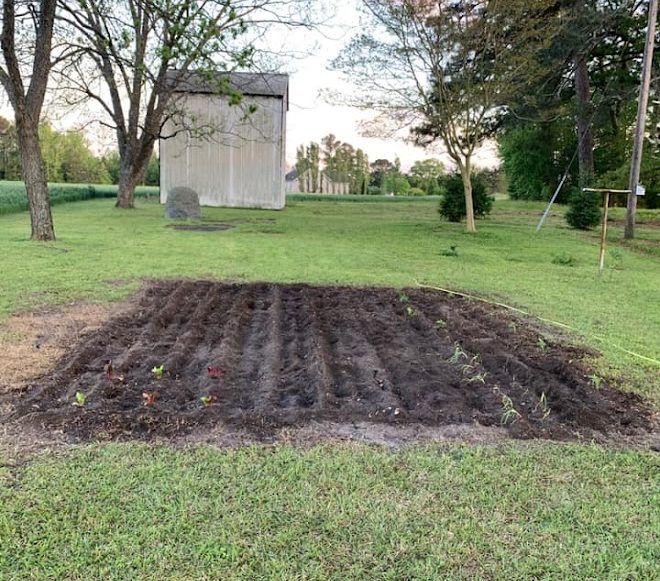
Find the Perfect Place for Your Dream Garden
The first step is figuring out where you want your garden to be. Many factors go into deciding what’s best for you, from budget and sun exposure to whether or not you have neighbors and will need garden fencing.
You should also consider what plants and vegetables you want; if you don’t know yet, it’s okay! It can take some research to determine what works well in your area.
If possible, visit other gardens nearby to see different layouts and structures. Take pictures of anything that catches your eye! If nothing else, it might inspire you later on.
Several factors must be considered when choosing where to build your garden. First and foremost, think about light. The right amount of sunlight is crucial for your plants to grow correctly; too much or too little can harm their growth.
Also, consider space. Your garden should be an extension of your home, so it must fit seamlessly into your existing yard or landscape plan. This can add significant value to your home as well.
Finally, think about design and style, which depend on your tastes and how much maintenance you want to put into building and maintaining your outdoor space.
After all, if you’re looking for more of an urban feel than a rural one, select plants accordingly!
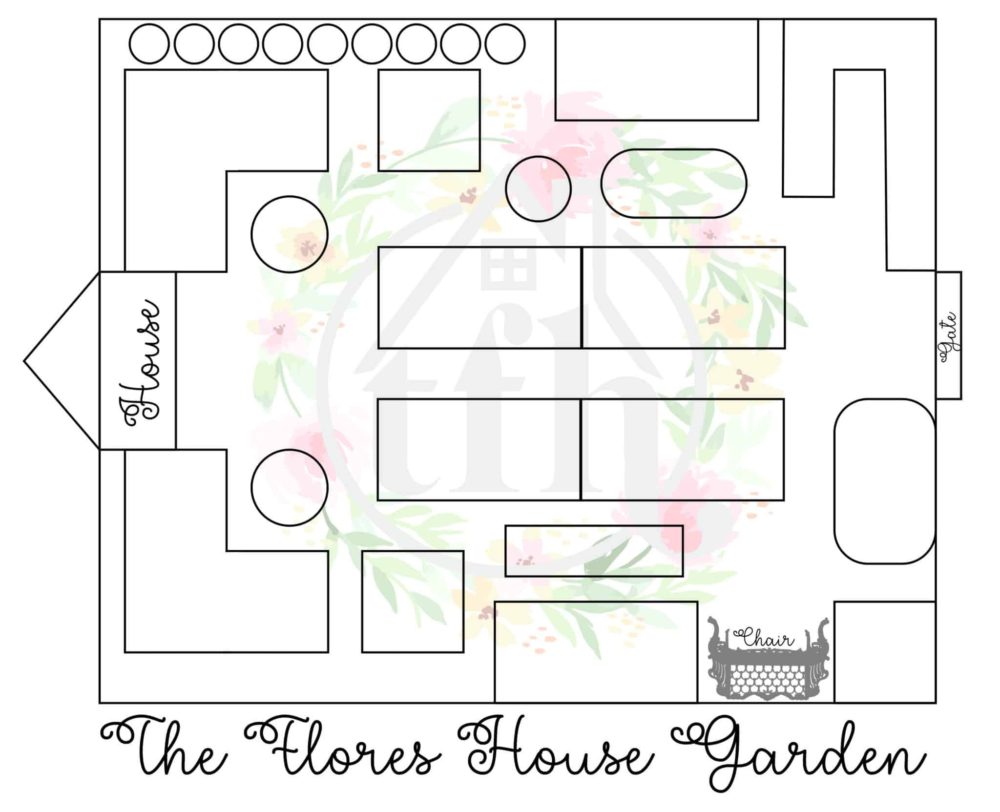
Plan the Layout for Your Dream Garden
The next step is to figure out how you want your garden laid out.
It’s helpful to get design inspiration from pictures of other gardens online; pin them on Pinterest or, if you want something more professional, head over to Houzz and pick some images that catch your eye.
There are also plenty of design apps available. Consider playing with Planner 5D for some easy-to-use (and free) options.
When designing your garden layout, remember to keep it simple. You don’t need an elaborate design plan—block off areas for each type of plant and ensure you include paths throughout so you can quickly move between locations.
I used Corel DRAW because I am comfortable with the software. You could also use grid paper or Canva!
When deciding on a permanent garden layout, you have three main choices: organic, formal, or informal. In an organic garden, it’s recommended that you leave some space between each plant.
This will allow for companion planting—adding plants that benefit one another instead of taking away from one another. I created a go-to guide for myself to take out to the garden as a reference for planting. You can download it here.
Often, it’s best to let nature do its thing by adding helpful perennials, flowers, and herbs around any vegetable garden.
Remember that this takes time. You do not need to have it all figured out in the beginning. Leave yourself some wiggle room when you have new ideas!
Best Garden Design With Raised Beds
You don’t need beds, but I love them! They help keep things organized! If you plan to use beds in your garden, there are a few things to consider.
Before planting and designing your garden, you must decide whether to buy or build beds. It’s up to you.
Building beds might be cheaper, but with so many types of beds out there, it’s hard to know what is best for your garden before buying them (unless you already have some in mind).
Most gardeners seem split about buying or building beds for their gardens. Generally, it costs less to build pine board beds, and they last a long time if constructed well.
If you’re an avid gardener, chances are you already have some equipment and tools for working with wood.
If you don’t have a drill and saw, we recommend buying pre-made beds for planting.
Two basic ways to build raised vegetable garden beds are to buy wood or metal pre-cut pieces and construct them on-site or measure and cut your lumber. But, realize that they only last 4-5 years before they start to decompose.
I recommend buying dimensional lumber and building beds from scratch if you’re on a budget. Just make sure you leave enough room for paths between each bed so you can easily access plants when they need them.
Know Your Garden Goals Before You Design
You don’t need beds, but I love them! They help keep things organized! If you plan to use beds in your garden, there are a few things to consider.
I prefer to build most of our garden beds for a DIY gardener like me. And I tend to base my plans on the materials we have on hand instead of vice versa. I wanted to reuse the old windows we had from our home renovations.
So, we used 2×4 pine boards to frame the windows and build the greenhouse. After that, I found a salvaged wood fence at a local antique store.
I bought ten panels, so the exact measurements of the garden were determined once the fence was installed.
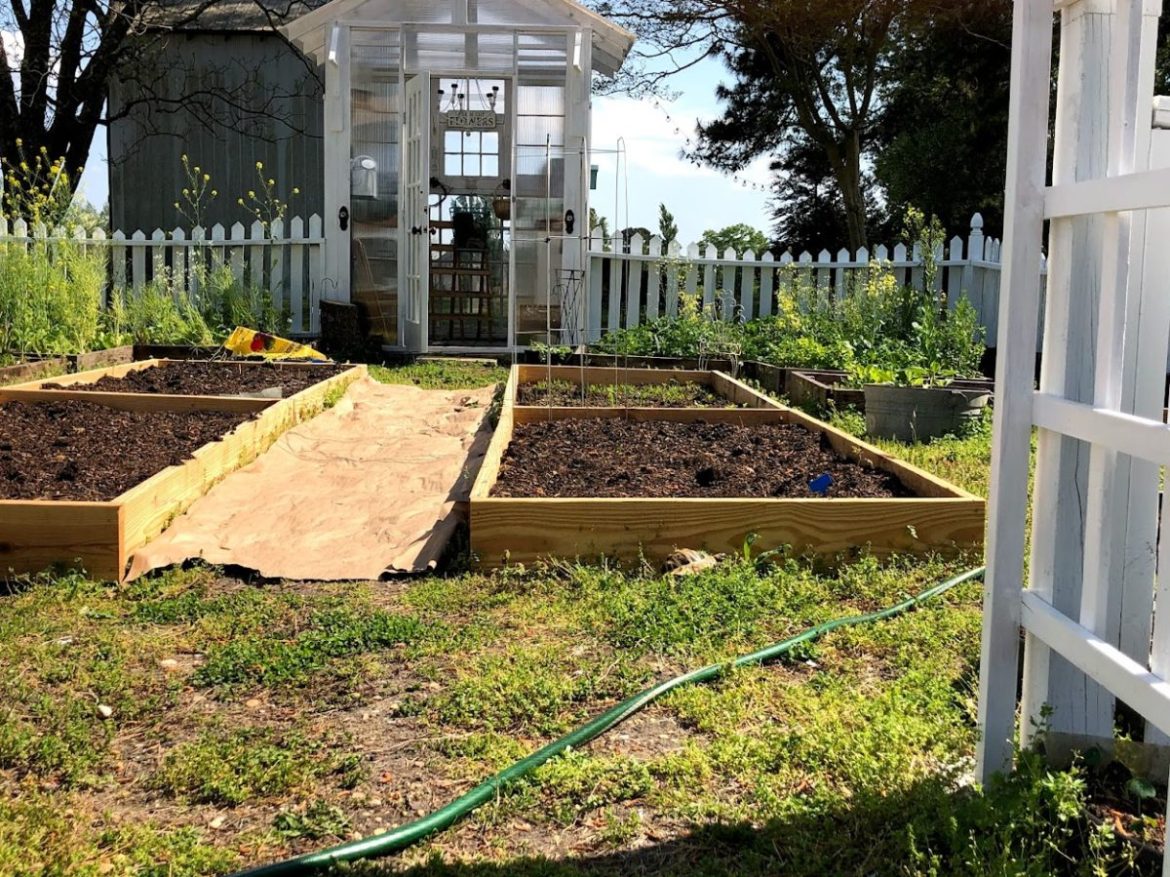
We hired someone to install the fence, and I power-washed and painted it. I built a pergola in the entryway, and one day, I plan to put a gate in place to close it thoroughly.
So far, a door hasn’t been necessary. The total fenced-in area measures 33×25 feet, and the shed is 7×7 feet.
We chose 8 feet thick pine boards, fencing screws, and 2×4 scraps to secure the corners. To minimize cuts, I planned the beds to be 4×4 feet or 4×8 feet. Those measurements helped to reduce cuts.
I also left a few open spaces for future metal raised beds. It is nice to have options, so keep that in mind when you design the layout of your garden. But overall, I did my best to maximize bed space, which meant the walkways were narrow. Be sure to give yourself enough room to move around and push a wheelbarrow through, for example.
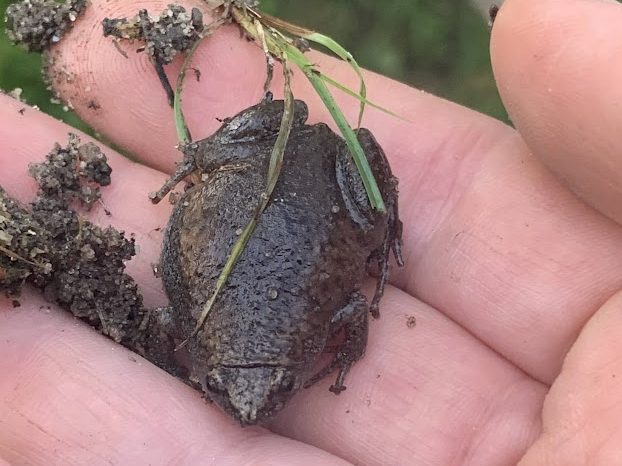
We laid cardboard and carpenter’s paper down instead of tilling for a weed barrier. It preserves the ecosystem, and small-mouthed toads hide deep in the grasses’ roots. It would be devastating to till that soil.
I regret tilling before I learned this! This method is natural and sustainable. The grasses and weeds will break down and feed your new garden.
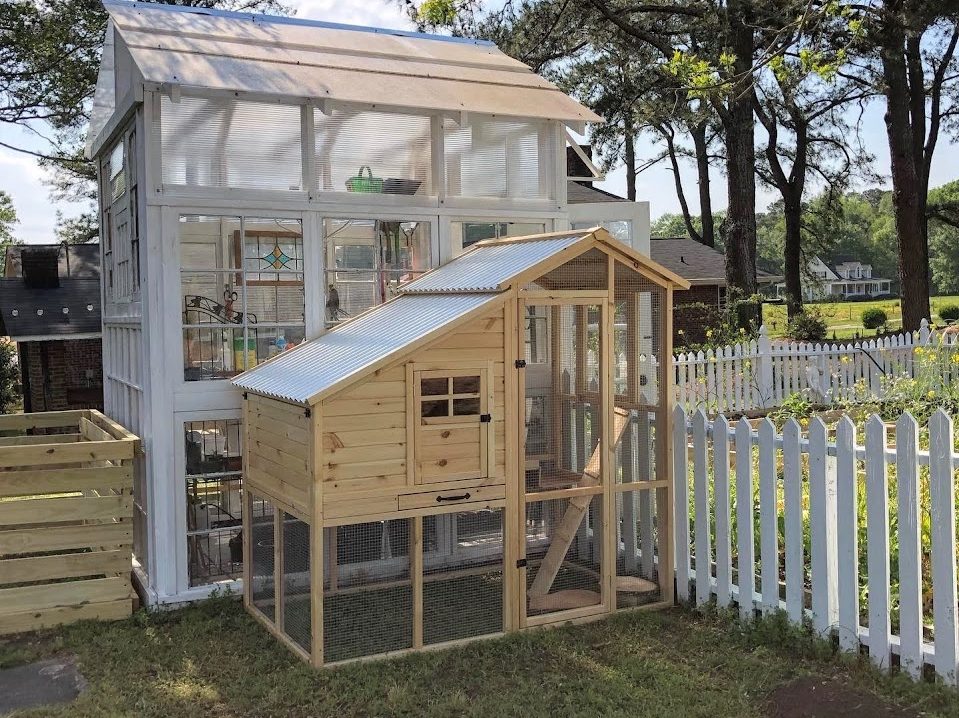
Consider a Sustainable Garden Fertilizer System
The best fertilizers for your garden are free. You can easily make your own organic compost, and rabbit manure provides nutrients that can be put directly into the soil.
Consider adding these elements to your dream garden design. You can have a functional and sustainable garden and a gorgeous space simultaneously.
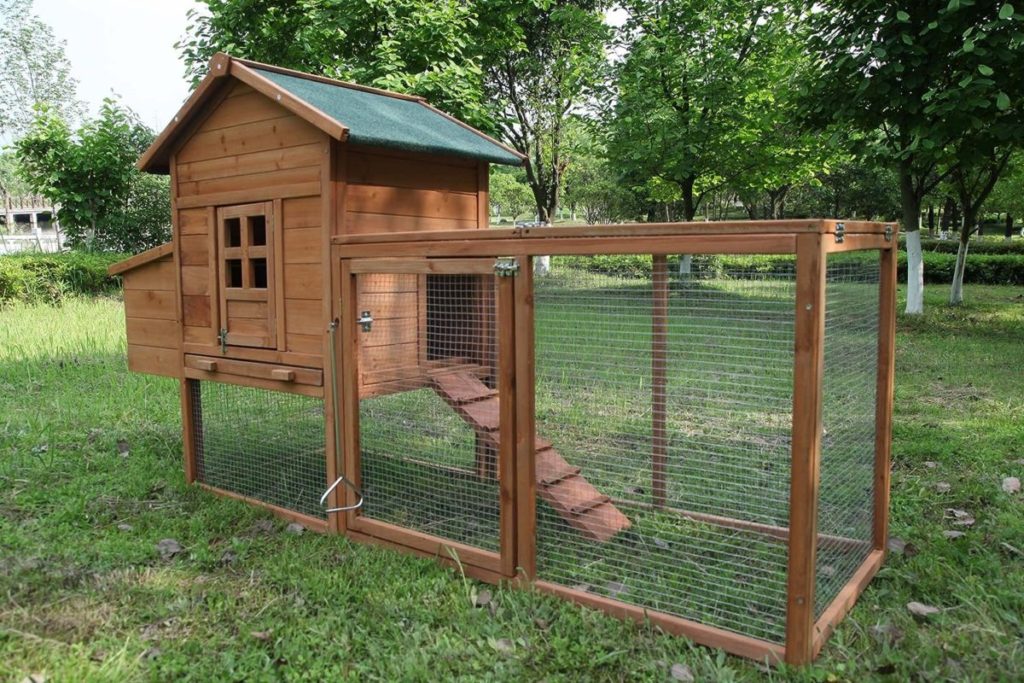
If you are looking forward to growing your organic food, consider using rabbits for fertilizer! They are sustainable meat sources, but we only keep them as pets. And don’t forget your compost bin! In a few years, your dream garden will be completely self-sufficient.
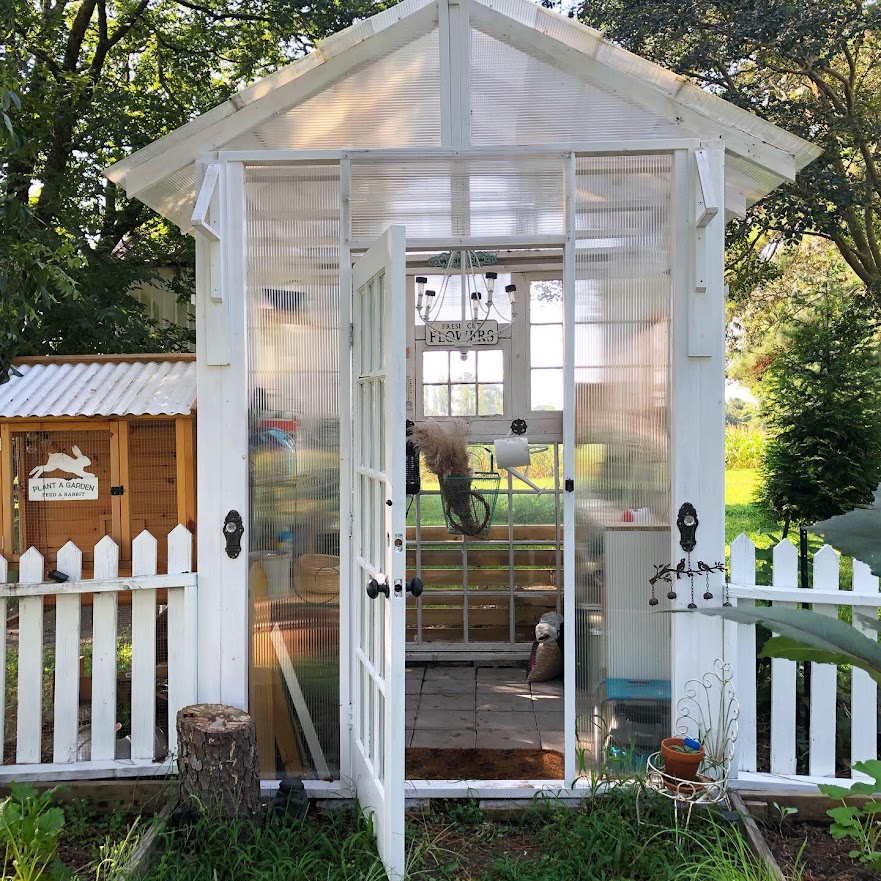
Build A Dream Garden Shed
A garden shed is super handy for storing tools away, but it isn’t necessary. It all depends on your design plan.
We wanted a place to start seeds and store things, and thought it would be a fun project to recycle some old windows into a functional space. So, we built a little DIY greenhouse with the old windows from our home renovation.
A garden shed is a great way to add space and efficiency to your property. Building your shed is not as difficult as it may seem—you can follow simple DIY plans or watch instructional videos online.
A garden shed is basic for storing gardening tools and yard maintenance supplies. Various shed sizes are available depending on how much you have to keep or your specific needs.
You can purchase or build a single wooden structure to store all your gardening equipment or have multiple sheds if needed. This saves space and makes it easier to keep track of everything, so you never have tools or seed packets lying around.
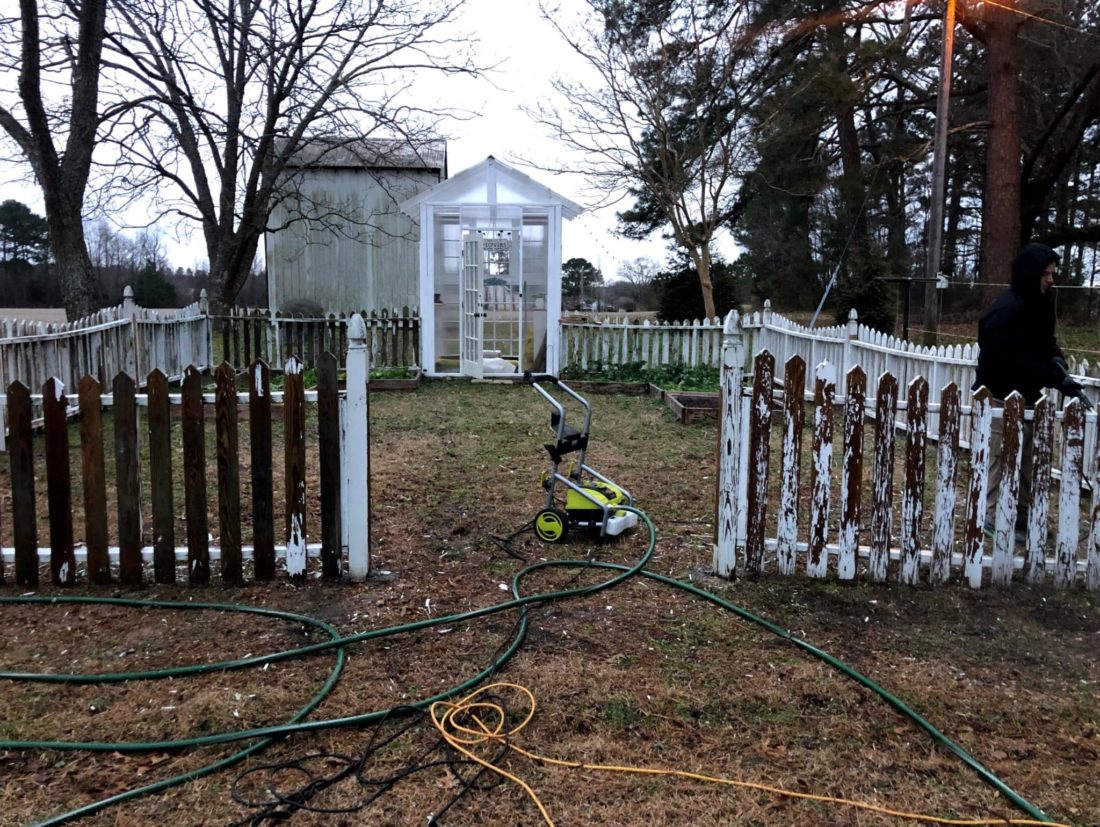
Fencing for Your Dream Garden
If you want a style like ours, try to reclaim an old picket fence! They aren’t made the same these days. The pickets are thinner and shorter with less variation. The one we found was well-aged but still had some life left!
If you bought a new wooden picket fence and painted it white, reclaiming one will cost you the same amount of time and effort. However, you might save a ton of money with a used fence.
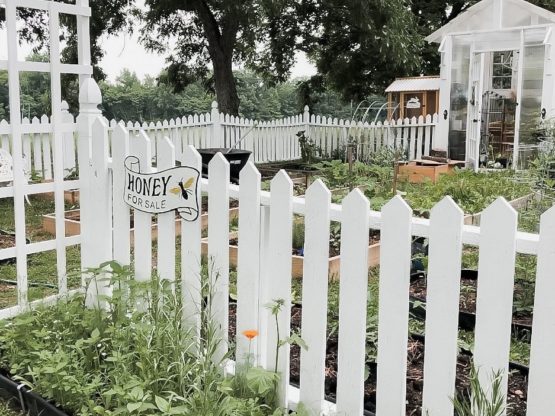
We paid $15 per panel vs. $28 (Home Depot prices at the time, and these were shorter in length).
Whether you build your fence from scratch or have it installed by professionals, fencing is essential in laying out your garden and ensuring that any building materials or plants are kept safe.
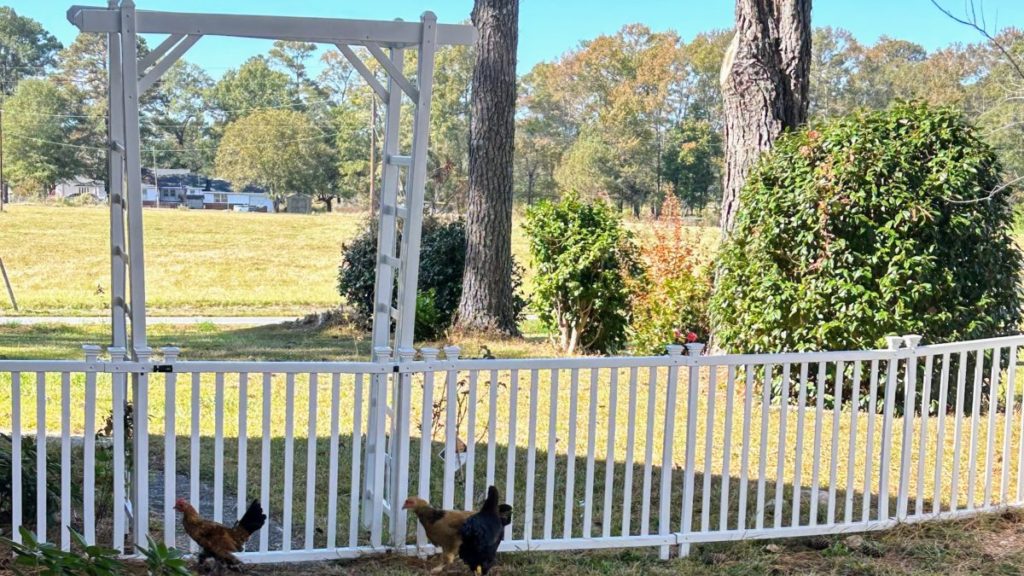
Whatever you do, be sure to follow local regulations regarding height; some communities have guidelines you must follow.
And if you’re planning on having younger children help with gardening chores, such as weeding and watering plants, ensure your fence is high enough so they won’t accidentally fall into your garden bed.
Read More About Choosing a Great Garden Fence
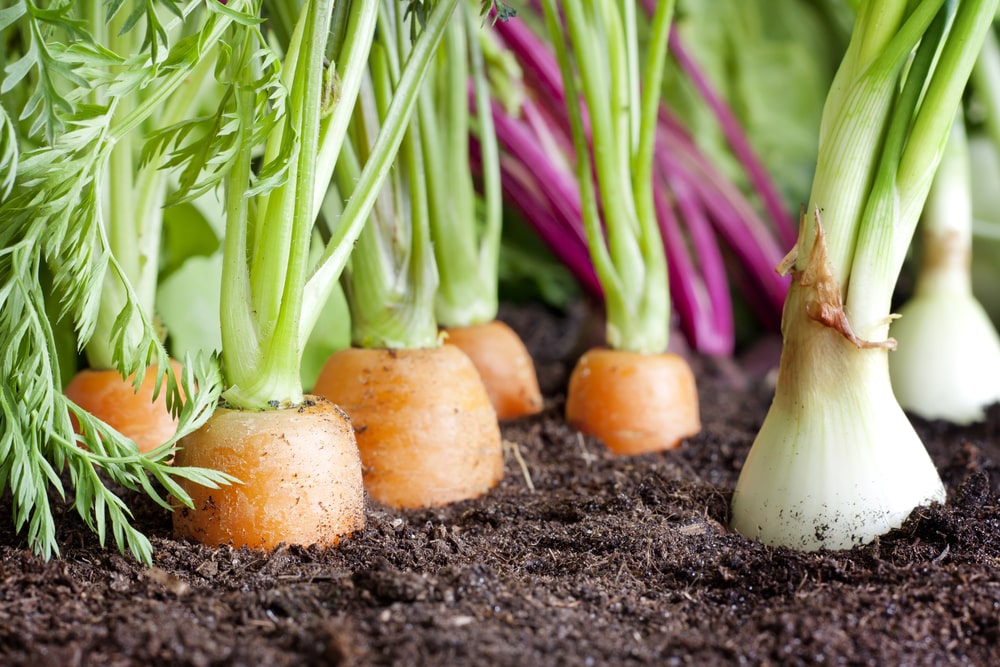
Choosing Plants for Your Dream Garden
Once you have the infrastructure, you can start planning your gardening goals. This is the fun part!
First, list permanent trees, vines, and plants that will be the anchors of your design.
- grape vines
- fruit trees
- nut trees
- permanent beds of strawberries and asparagus, rhubarb, etc.
- Shrubs and hedges, roses, and other perennials.
Next, you will want to learn about companion planting. Growing with the polyculture method can increase yields and diversify the garden ecosystem for healthier, more nourishing foods.
Finally, order your heirloom seed catalog from Baker’s Creek and start planting!
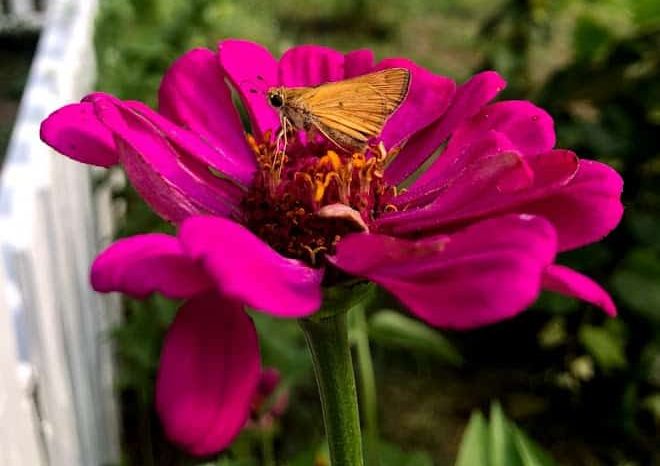
What’s Next When Planning Your Dream Garden
My favorite part about this whole process is learning more each day. Make a habit of learning something new each season, embracing the unknown, and experimenting often in the garden. Check out MI Gardener and Roots and Refuge Farm for continued education.
More things to consider:
- Keep a garden binder.
- custom irrigation system
- decorative elements
- bird feeder, fountain
- bee house, beekeeping
- mulching or pavers for pathways
The possibilities are endless, and the dream is all yours! Get started making that dream a reality. Time flies, and before you know it, you, too, will have a fantastic dream garden.
This post was all about how we built the garden of our dreams.

